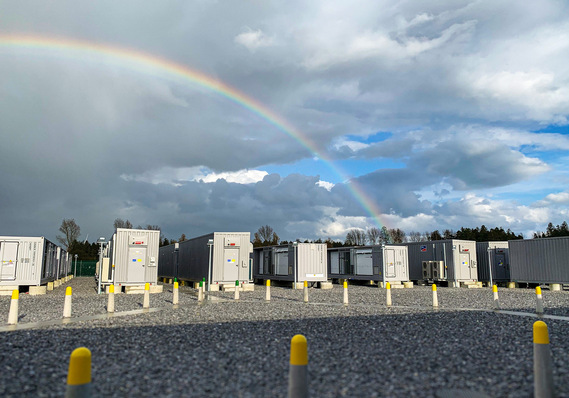According to the company, field tests for its new Forton commercial storage unit have now been completed. Over several months, the outdoor systems were tested at ten customer sites, serving both energy trading and conventional applications such as self‑consumption optimisation and peak‑load reduction.
Stable revenues in energy trading
Tesvolt Energy reports that Forton storage systems used solely for energy trading are generating monthly revenues in the four‑ to five‑digit range. Johannes Mitterreiter, Managing Director of the electrical engineering company Reichbrandstätter, said the systems “operate reliably and are meeting revenue expectations, with payback likely within five to six years.”
Tesvolt propels offshore vessel with 2 MWh Ocean battery
During the field tests, internal processes were significantly improved, explains Juri von Wilcken, Product Manager at Tesvolt Energy: “Initially it took several days to digitally integrate a new storage project into our virtual power plant with the traders. Now it only takes a few simple steps, usually completed within half a day.” Tesvolt Energy’s virtual power plant aggregates commercial storage systems, allowing even smaller installations to participate in energy trading.
Rising demand for Forton storage
Tesvolt Energy enables commercial storage operators to market their systems collectively on the electricity exchange through three established energy traders. According to the company, competition among the traders leads to higher revenues and lower risk for customers. Eligible participants include systems with a power output of at least 50 kilowatts and a grid connection of 50 kilowatts or more.
Battery storage – co‑located and multi-use projects gaining ground
Since completing field testing, Tesvolt Energy has reported rising demand for Forton systems used in energy trading. “Around two‑thirds of all buyers want Forton units for trading, and one‑third for traditional applications such as self‑consumption optimisation and peak‑load reduction – which remain profitable,” says von Wilcken. (nhp)









